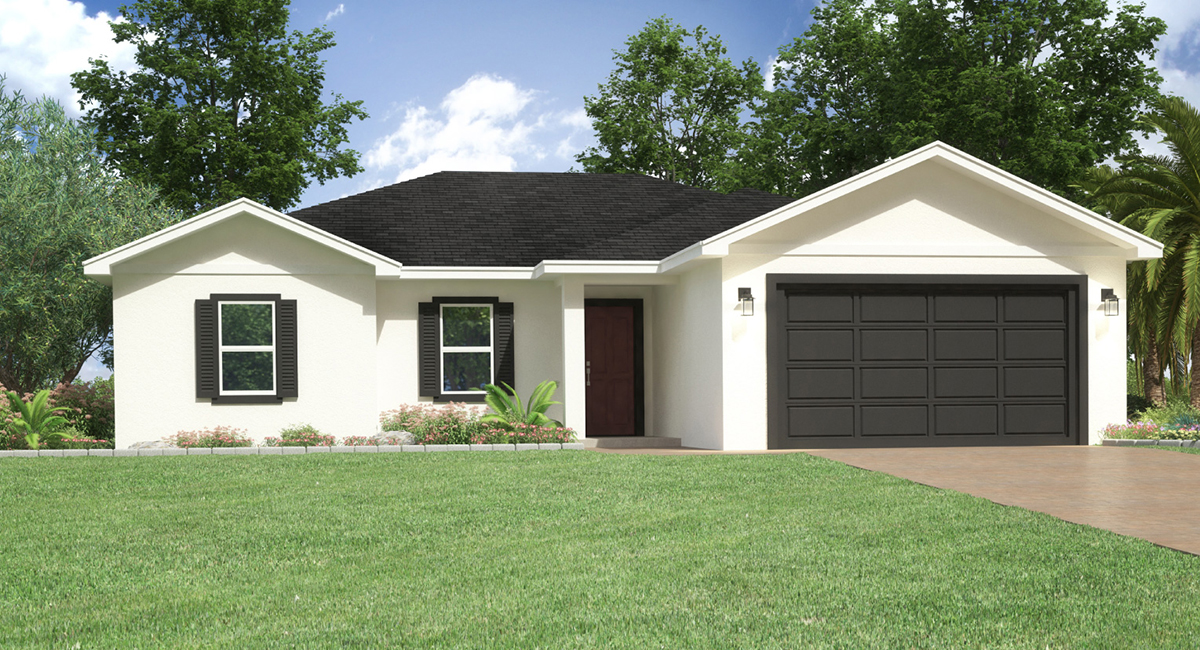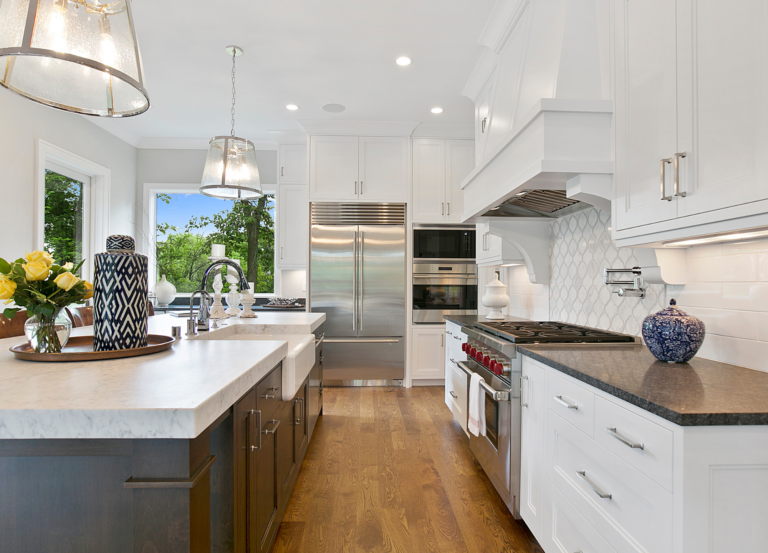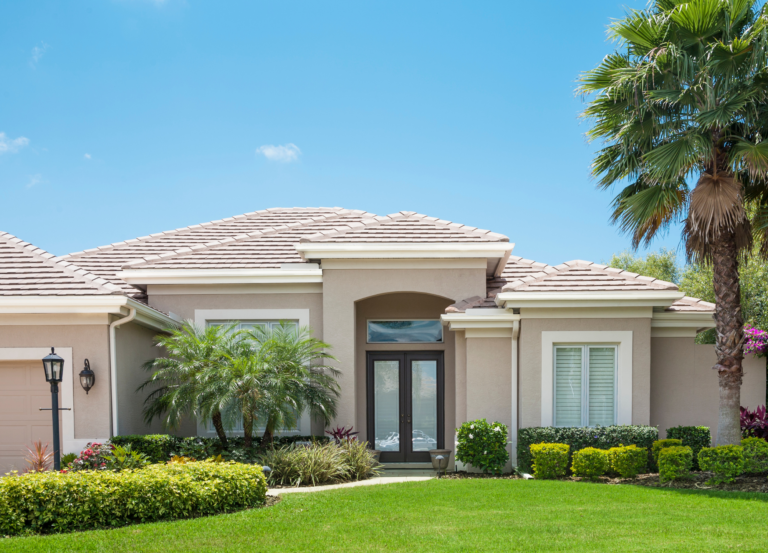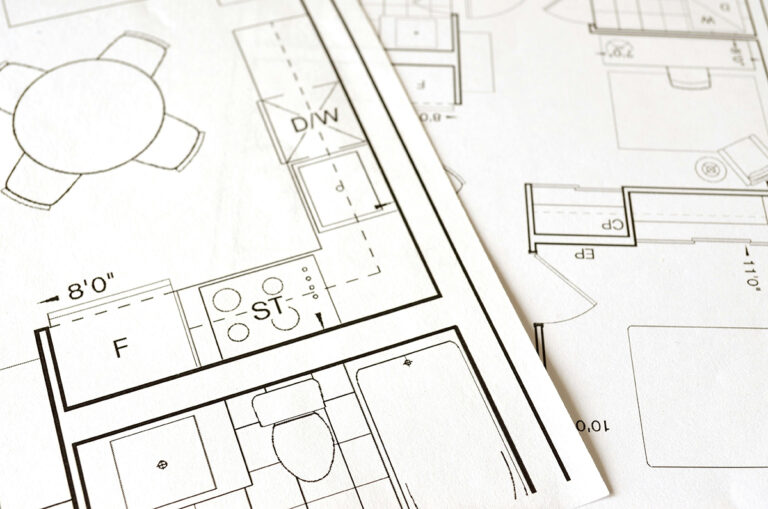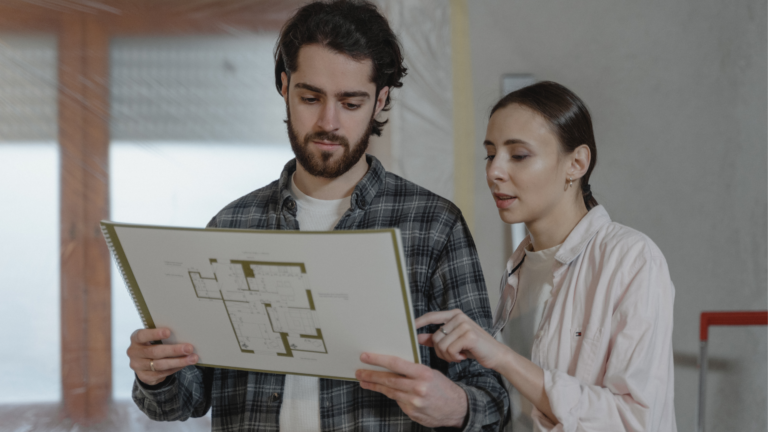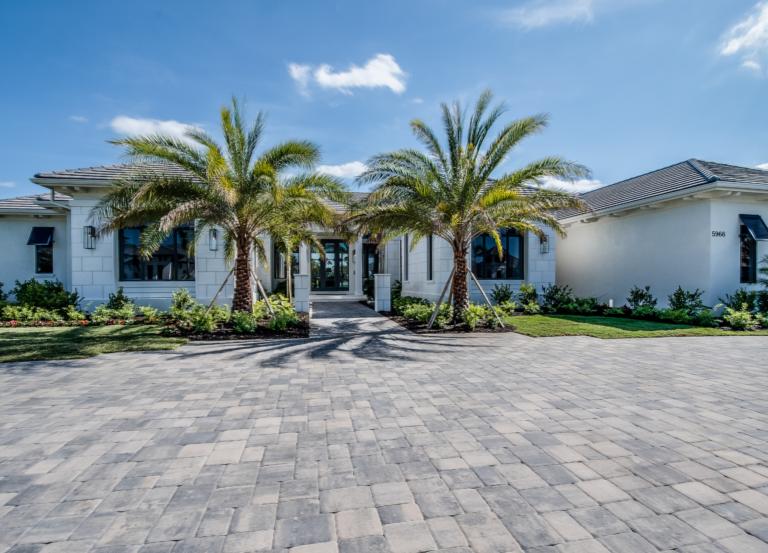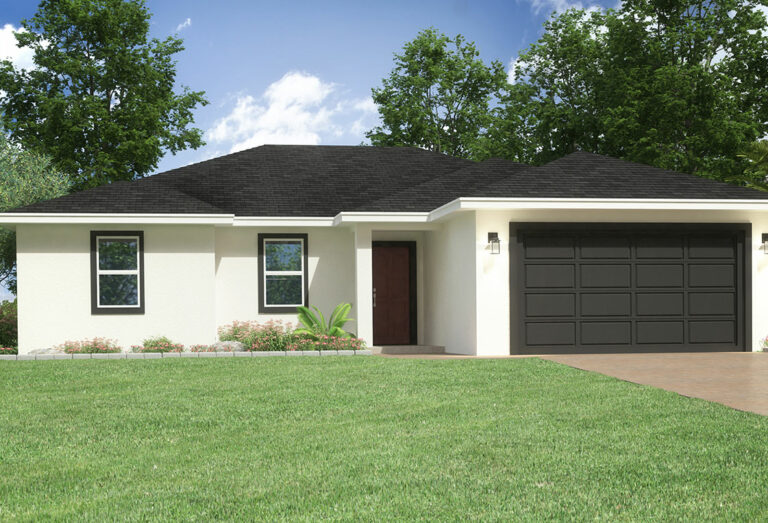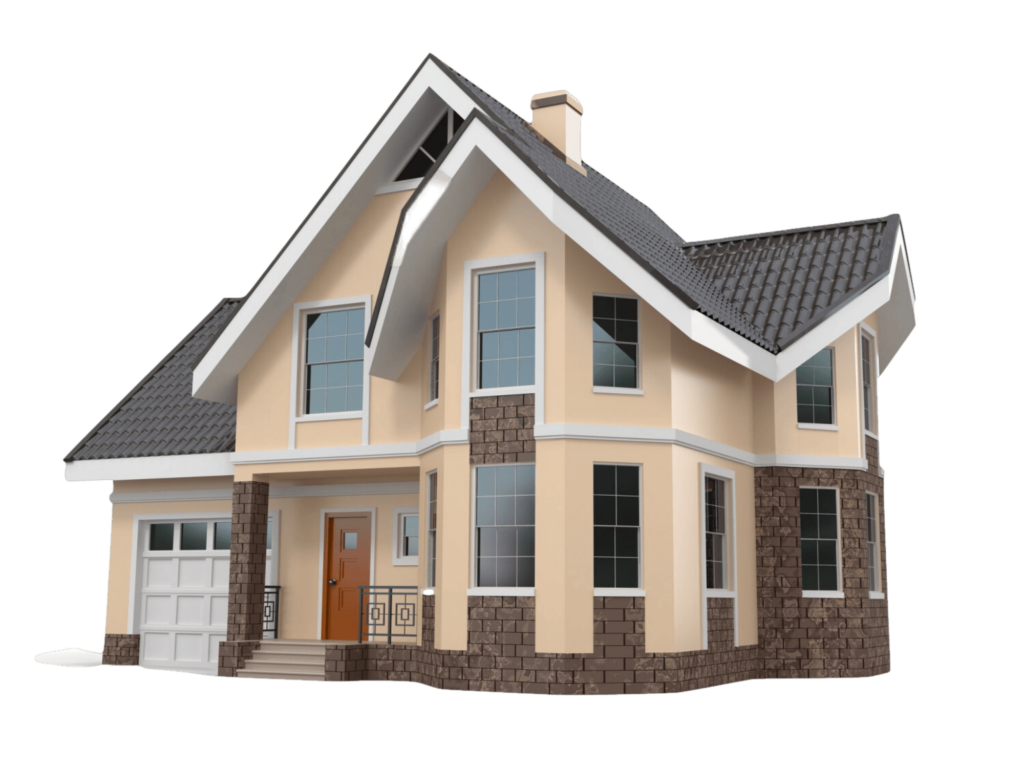Decoding the Costs: How Much Does It Cost to Build a Home in Brevard County, FL?
Building a home is one of the most significant investments you’ll make, and it often raises a multitude of questions, especially around cost. For Brevard County, Florida, where beachfront paradises and space launches are part of the landscape, understanding the intricacies of home construction expenses can be daunting. This comprehensive blog post is designed to provide clarity for homeowners and first-time buyers about the factors to consider and strategies to tackle home building costs in Brevard County.
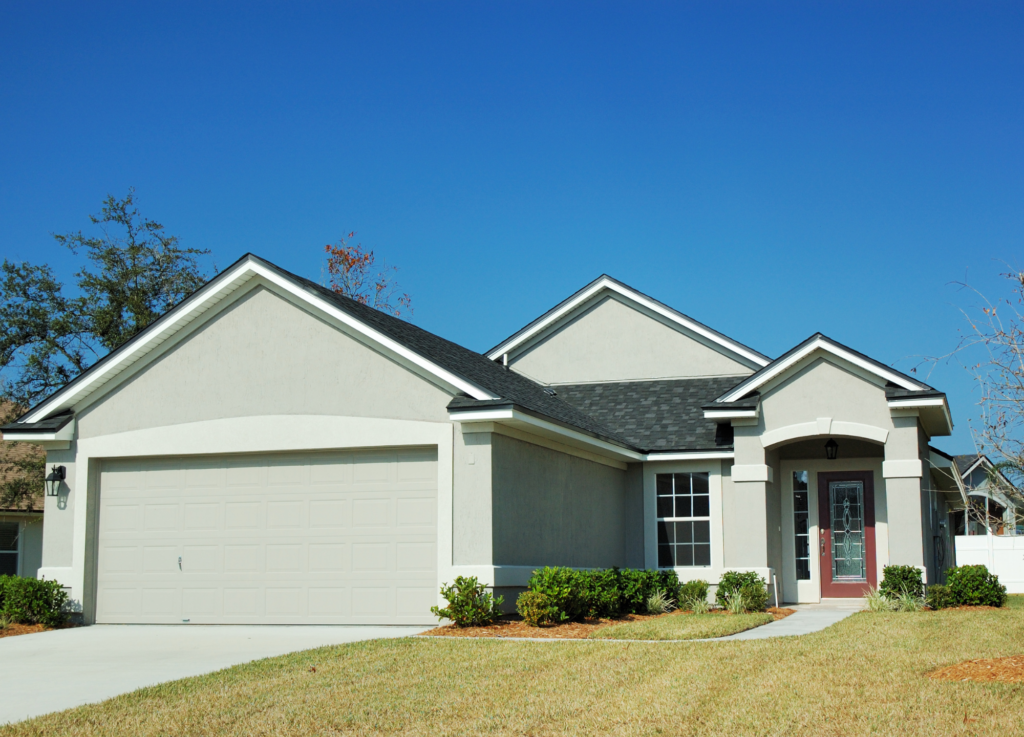
Understanding the Variables
Land and Location
When it comes to building a home in Brevard County, the adage ‘location, location, location’ rings particularly true. The cost of your lot or plot will significantly impact the overall price. Factors such as proximity to city centers, waterfronts, public amenities, and community desirability play into land expenses. Brevard County offers diverse landscapes and, along with that, a wide range of prices. A beachside lot will command a premium, while inland properties may offer more cost-effective options.
Furthermore, the building process itself brings additional layers to the land cost. Obtaining a building permit, a prerequisite in Brevard County as elsewhere, is an expense that varies depending on the size and scope of the project. The cost per square footage, significantly influenced by the quality of materials and complexity of the design, further escalates the budget. Additionally, land preparation cannot be overlooked. This includes clearing the land, soil testing, and possibly leveling, all of which are crucial steps before construction begins and add to the overall cost.
Size and Layout
The size and layout of your future home directly correlate with costs. Larger homes require more materials and longer construction times. The complexity of the design, such as multiple stories or custom features, will also increase expenses. In Brevard County, you have the unique opportunity to design a space that melds coastal living with modern architectures or traditional Floridian styles, but each choice may affect the bottom line.
In the Sunshine State, particularly for those dreaming of owning a house in Florida, understanding how the cost to build is broken down on a per square foot basis provides a clearer financial blueprint. This figure is pivotal, as it encapsulates everything from land costs, which can vary dramatically within Brevard County, to the direct expenses charged by home builders. Typically, the cost per square foot can offer a broad estimate, making it easier for prospective homeowners to compare different floor plans and construction models. Whether it’s a quaint cottage or a sprawling estate, the choice of floor plan not only influences the aesthetic appeal but significantly impacts the cost efficiency of the build. It’s a balance of square footage, design complexity, and the quality of materials that shapes the final investment required to create your dream home under the sun-drenched skies of the Sunshine State.
Materials and Quality
Choosing construction materials can be a balancing act between cost and quality. Brevard County’s climate necessitates durable, weather-resistant materials that can withstand the humidity, heat, and occasional hurricanes. While certain premium materials might protect your home better, they will understandably drive up the costs. It’s important to weigh the long-term benefits of the materials against your initial investment.
Additionally, when comparing the cost of building a new house to purchasing an existing home, several factors come into play beyond just the average cost per square foot. The material cost, including the price of building materials themselves and the associated installation costs, significantly affects the overall budget. For those venturing into the realm of constructing their own home in Brevard County, the foundation cost, influenced by the type of soil and the required depth for stability, can vary greatly and must be factored into the early planning stages. Making informed decisions about materials not only pertains to the structural components but also to finishes and details, all of which contribute to the unique character of your home while impacting the project’s financial scope.
Labor and Contractors
Trusted labor is invaluable in the construction process. Skilled contractors and builders are essential components of your team, ensuring the project stays on track and maintains high quality. In Brevard County, the demand for home construction can influence labor costs. It’s crucial to research and interview multiple contractors to find the balance between expertise and affordability.
Navigating the home building process requires a solid partnership with a reliable general contractor. This professional plays a crucial role, acting as the linchpin for the entire project, from the initial planning phases to the final touches of the home’s construction. A skilled general contractor not only coordinates with subcontractors to ensure each stage of the building is executed efficiently but also manages material procurement to keep costs within budget. Their expertise is invaluable in foreseeing potential hiccups and mitigating issues before they escalate, ensuring the home building process progresses smoothly and aligns with your vision and financial boundaries.
Permits and Fees
Navigating the legalities of home building can be a significant cost hurdle. Before laying a single brick, permits need to be secured, and fees paid. Brevard County, like any area, has its specific regulations and requirements. Understanding the paperwork and red tape involved is essential for accurate budgeting.
When considering the total cost of building a home in Brevard County, it’s important to factor in not only the cost of the land and materials but also the varying building permit fees and other permit costs that can accumulate. These fees, related directly to the scope of the construction project, can significantly impact the overall construction cost. Alongside building permit fees, prospective homeowners should not overlook the potential lawn cost, which, although it might seem minor, can add up and affect the total cost budgeted for the project. In essence, understanding the entirety of expenses, from the building permit to the lawn and beyond, is crucial for accurate financial planning and avoiding unexpected increases to the total cost.
Crunching the Numbers
Calculating Home Building Costs
An effective way to gauge home construction costs is through a price-per-square-foot calculation. This method provides a rough estimate based on the average cost of building a home. In Brevard County, the average price trends can guide initial projections, but actual costs will depend on your specific design choices and the market at the time of the build.
Additional expenses such as architectural and engineering services, interior design, landscaping, and HVAC systems can sometimes be overlooked but are important components of your budget. It’s wise to add a buffer for these costs, as they can significantly impact the overall price.
When considering the average cost to build a single-family home in Brevard County, potential homeowners must examine how much equity they can build in comparison to purchasing an existing property. The cost to build per square foot plays a crucial role in this evaluation, encompassing various factors from foundation cost to material cost, and installation expenses. These aspects collectively dictate the total price and can influence the size of the down payment required when securing financing for the construction. It’s essential to recognize that while the upfront cost to build might seem higher, the customizations and efficiency of a new build can enhance the home’s value, potentially offering more equity than buying an older home. Understanding these financial dynamics is key to making an informed decision that aligns with your long-term housing goals and financial planning.
Budgeting Tips for Homeowners
When establishing your home building budget, it’s crucial to distinguish between needs and wants. Prioritizing your must-haves can prevent overspending on luxuries.
Negotiating with contractors and being flexible with timelines can also help manage costs. Some contractors in Brevard County may offer package deals or be open to price adjustments, especially if you secure their services during a slow season.
Allowing for contingencies in your budget is a non-negotiable. No construction project goes exactly as planned, and having a financial cushion for unexpected expenses can provide peace of mind throughout the process.
To save money on the cost to build, it’s worthwhile to explore various financing options, including construction loans which are specifically tailored to home construction projects. These loans can be advantageous as they often allow for interest-only payments during the construction phase, which can ease financial pressure temporarily. However, it’s important to compare rates and terms, as the average cost of construction loans might be higher than traditional mortgages due to their short-term nature and the inherent risks of construction. Additionally, being strategic in the planning and execution phases of home construction can significantly impact the average cost. For example, selecting energy-efficient materials and practices not only reduces long-term operational costs but may also qualify for rebates or incentives that can lower upfront expenses. Balancing these factors carefully can help in achieving a cost-effective home construction project that aligns with both your budget and your long-term financial planning goals.
Strategies for Saving
Cost-Saving Strategies
DIY projects, when feasible, can significantly reduce labor costs. Simple tasks like painting, landscaping, or installing fixtures can be managed by you or family members, saving thousands in contractor fees.
Opting for energy-efficient fixtures and materials is another worthwhile investment. Not only do they usually have a lower operational cost over time, but they might also qualify for incentives, further reducing the upfront expenditure.
Bulk purchasing, either directly from suppliers or through cooperative programs with your contractors, can also lead to substantial savings. Procuring materials in larger quantities usually comes with discounts, which can positively impact your bottom line.
Next Steps
Building a home in Brevard County, FL, is a complex process, full of choices and costs. Understanding the variables that influence these expenses is the first step towards crafting a realistic budget. By appreciating the significance of location, thoughtful material selection, and a skilled labor force, you can create a home that’s not only beautiful but also financially prudent.
Next, start to assemble your support network. Engage with real estate agents, architects, legal advisors, and mortgage lenders who have local experience and can provide tailored guidance. With careful planning and savvy financial maneuvers, the dream of building in Brevard County can be a reality. The costs may seem formidable, but the rewards of a customized coastal haven or a high-tech space and a flourishing community can be immeasurable. Plan diligently, but more importantly, build wise.
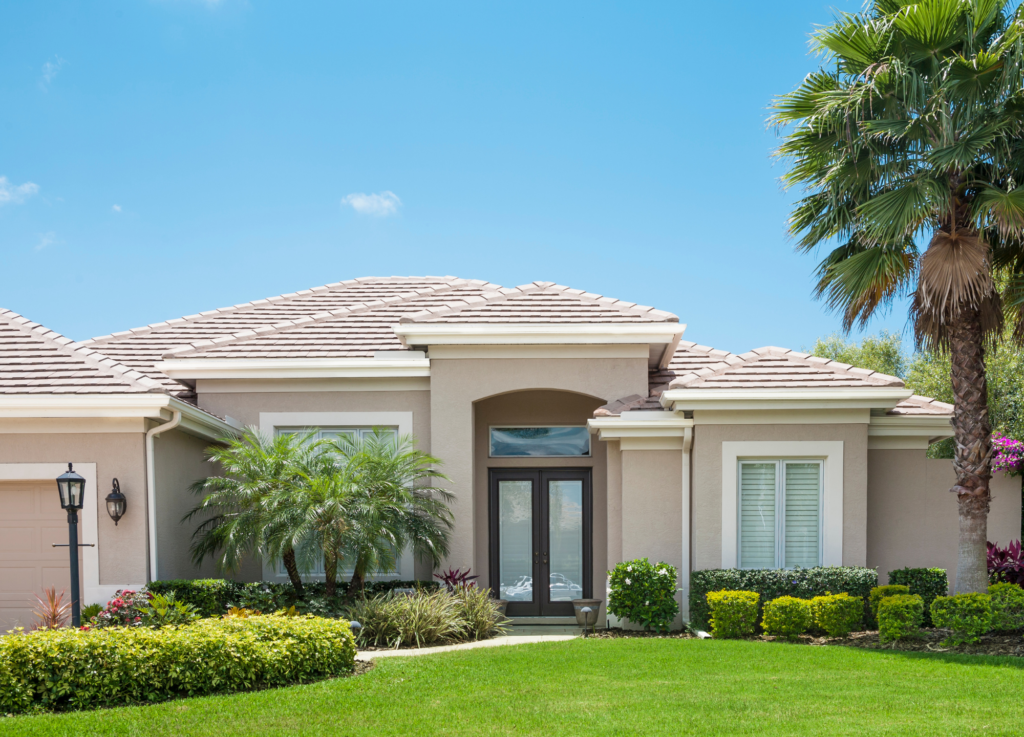
Frequently Asked Questions (FAQs)
Q: How much does it cost to build a house in Florida, and how does it compare to the national average?
A: The cost to build a house in Florida can vary widely based on location, material costs, and design choices but tends to be slightly above the national average due to the state’s high demand for housing and specific building codes for hurricane resistance. The average cost to build in Florida might range from $100 to $200 per square foot, compared to the national average of $100 to $155 per square foot.
Q: What is a construction loan, and how is it different from a home equity loan?
A: A construction loan is a short-term loan used to finance the building of a new house or other real estate project. It covers the cost of land, labor, and materials during home construction. This loan is unique because it often converts to a permanent mortgage after the home is complete. A home equity loan, on the other hand, is a fixed-rate loan that homeowners can take out against the equity of an existing home.
Q: Can you explain the significance of building permits in the construction of a new house in Florida?
A: Building permits are crucial when constructing a new house in Florida because they ensure that the construction complies with local and state building codes, which include safety, health, and structural standards. They are necessary for nearly all phases of home construction, from the home’s foundations to the installation of electrical systems and HVAC systems. Obtaining the correct permits is essential for legal building practices and avoiding fines.
Q: How can we estimate the material costs and labor costs for a newly constructed home?
A: Estimating material and labor costs for a newly constructed home typically involves detailed house plans that outline all aspects of the construction, including dimensions, materials, and special features like outdoor spaces. Professional contractors or a building estimator can give a more precise quote based on current market prices for materials and the going rates for skilled labor in your area.
Q: What is the significance of considering the cost of land when planning to build one’s own house in Florida?
A: The cost of land is a significant factor when planning to build your own house in Florida because it directly impacts the total budget for the project. Land cost can vary greatly depending on location, size, and accessibility. Choosing the right parcel of land is critical not only for the cost but also for meeting zoning regulations and ensuring the land is suitable for your intended home design.
Q: Are there any strategies to manage the cost to build, especially for elements like siding cost and HVAC system?
A: Yes, there are several strategies to manage costs effectively. For example, choosing more cost-efficient materials for siding can significantly reduce siding costs without compromising quality. Similarly, investing in an energy-efficient HVAC system can have higher upfront costs but lead to substantial savings in utility bills over time. Bulk purchasing materials and weighing different material and system options against your budget and needs can help control overall expenses.
Q: Is getting a home construction loan more challenging than other types of loans, and are there benefits to this kind of financing for building a new house?
A: Obtaining a home construction loan can be more challenging because it typically involves a higher risk for the lender until the property is completed. However, these loans offer the benefit of allowing homeowners to finance the home construction process directly, often with interest-only payments during construction. After construction, the loan usually converts to a traditional mortgage, simplifying the financing process for building a new house.

